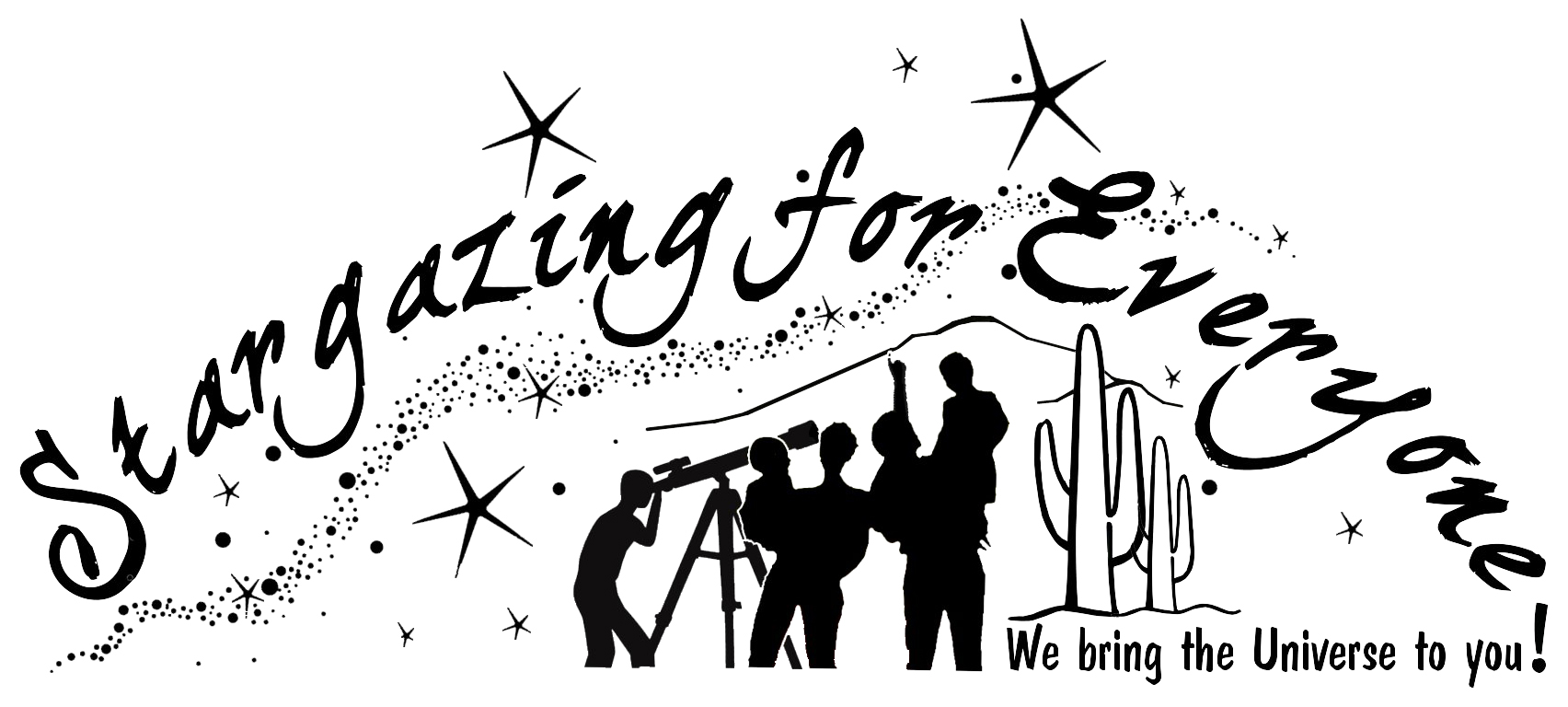Teacher Workshops - Professional Development
Teacher Workshop - Professional Development Presentation
Teacher Classroom Activities and Resources
All our Teacher Workshops / Professional Development sessions are aligned with the
National Science Education Standards
and the
Arizona Academic Standards
We come to your location and offer a variety of Teacher Workshops / Professional Development services to help prepare teachers for the rewarding adventure ahead. Our trainings create knowledge and awareness of astronomy in a way that engages teaching professionals and guarantees a lasting impression.
K-12 instructors will learn how to use technology and hands-on activities to teach the subjects of astronomy, space science and cosmology. We also provide general training such as how to use technology to teach astronomy and advanced subject area knowledge. Topics include: Earth, Moon and Sun; The Solar System; Planets; Asteroids; Comets and Meteors; Stars and Constellations; Galaxies; Manned and Unmanned Space Exploration and much more.
We can customize our workshops for any level of expertise. We can provide trainings in absolute basics, for teachers who just need to get going, to tools and techniques that let teachers craft sophisticated scripted planetarium-style presentations using educational simulation software.
Educational simulation software is a powerful tool in the hands of the teacher. Simulation software can give teachers and students an interactive window into the very structure and function of the universe, from Earth-based topics like Day and Night, Seasons, Tides and Eclipses, to the farthest known reaches of deep space.
Call or e-mail to learn more about our Teacher Workshops and Professional Development services.
Tony or Carole at (623) 979-1393
or e-mail: Tony@stargazingforeveryone.com
Teacher Classroom Activities and Resources
Look for more classroom activities and resources to be added in the upcoming weeks.
The following classroom activities and resources were provided by and posted with permission from the McDonald Observatory, a research unit of The University of Texas at Austin.
Shadow Play Grade Levels: K-5 Everyone and everything has a shadow. Shadows illustrate how 3-dimensional objects can be viewed in two dimensions. Younger students can learn about the Sun’s relative motion in the sky as they experiment with shadows. |
Modeling the Night Sky Grade Levels: K-5 Students explore the Earth and Sun's postions in relation to the constellations of the ecliptic with a small model. Then they extend to explore the motions of the Earth and inner planets in a larger classroom-size model. A very interactive and fun activity. |
Observing the Moon Grade Levels: K-5 Does the Moon always look the same? Does it's surface look different at different times? Students explore these questions by making drawings of the moon at different times. |
Distances in the Solar System Grade Levels: K-5 Using a long thin strip of paper, students first try to guess the relative distances between the Sun, solar system members, and Pluto. Afterwards the teacher instructs them to fold the paper in a special sequence to discover the proper spacing. |
